|
With thoughts of spring at the end of a long winter, I picked out Sashiko no Zakka (Sashiko Everyday Items, by Hideko Onazaki, (Tatsumi Publishing 2010 - Amazon Japan affiliate link) from my collection, looking for inspiration to decorate my daughter’s new denim skirt. The reason this particular book sprang to mind was because I knew it was arranged around seasonal themes. Each one of the four chapters is devoted to a different season, and features a wide variety of practical everyday items to make, in particularly cheerful, fun and colourful designs. Opening to the spring page, I saw an adorable combination design of cherry blossom and basket weave in white stitching on blue fabric that set my heart singing. The mini work jackets featuring this design on the next page are almost too cute to be true, and I almost wished I still had babies I could make one for. The jackets stitched in orange and yellow hemp leaf, red cherry blossom and basket weave, blue linked weights, and white net-enclosed flower designs, were all equally sweet. Other items in the spring section were bags, card cases and phone cases, featuring flower and butterfly patterns. The summer chapter has a tablecloth, hanging curtain, cushion covers and more bags. (In fact the variety of bags in this book is a feature. I counted four different types.) In addition to the traditional Bishamon sashiko patterns, the items in this chapter feature freestyle patterns in fitting with the summer theme, of fish, waves, umbrellas and sea creatures. The autumn chapter has patterns for bags, pouches, pen and card cases in more subdued autumn tones. A densely stitched circle of hitomezashi hemp leaf pattern combined with a free style rabbit that decorates a handy all-purpose pouch particularly caught my eye. It’s a lovely image of a rabbit staring at a large autumn moon, and something I’d like to make in future. Ironically, I found the inspiration for my daughter’s skirt in the winter chapter, on a stole stitched with roses. Fun sashiko Christmas cards and a snowflake patterned stole are also in this chapter. I like the fact that the instructions for making each item are on the following page, so one is not forever flipping between the back and front of the book to find the right page. The sashiko pattern templates, however, are all together at the back. Not to scale, obviously, as that would not be practical in a book this size, but there are also no grids or dimensions given that would make them easy to reproduce on graph paper. I enlarged the rose design on a photocopier and used transfer paper to print it on the skirt. In the course of stitching the design rubbed off so I kept retracing with my Karisma Fabric pen.
As with most sashiko books there are pages devoted to very basic instruction on transferring patterns and stitching. You would also need prior sewing knowledge and experience to actually make the items. It’s not a book for beginners to learn sashiko from, but if like me you are simply looking for some quick inspiration, it’s a wonderful resource!
0 Comments
Leave a Reply. |
Watts SashikoI love sashiko. I love its simplicity and complexity, I love looking at it, doing it, reading about it, and talking about it. Archives
September 2022
Categories
All
Sign up for the newsletter:
|

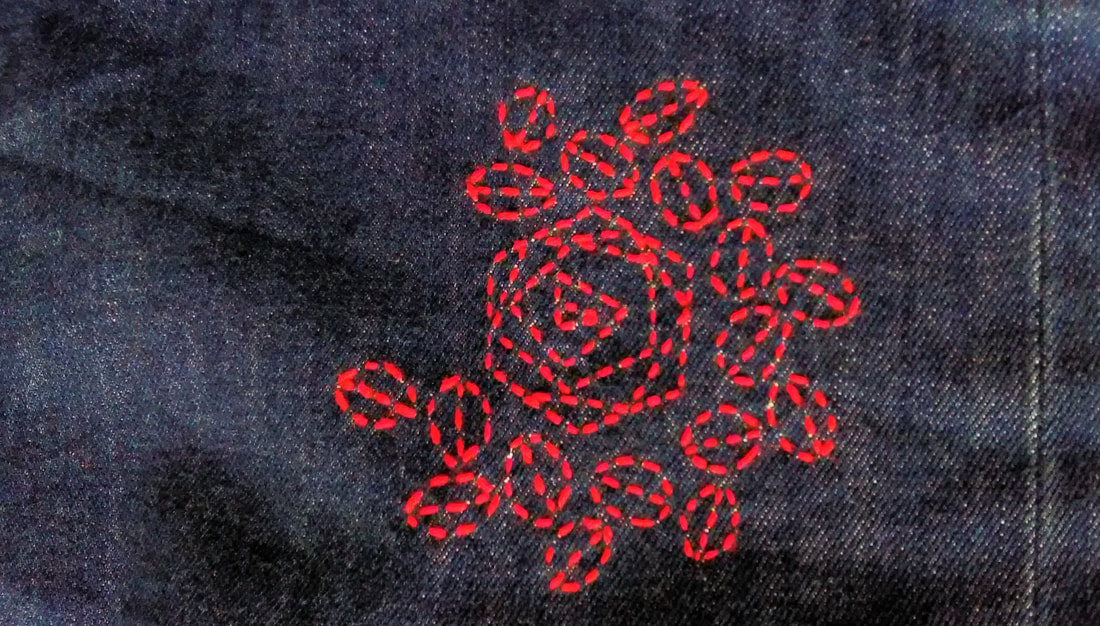
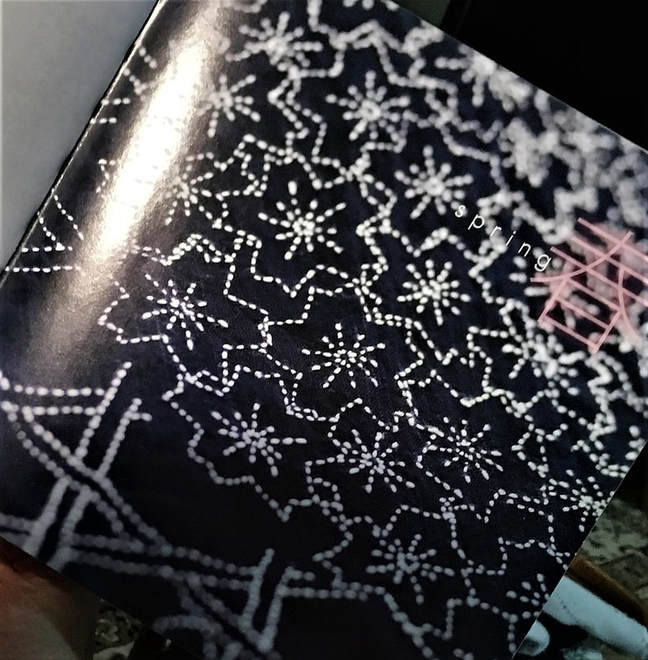

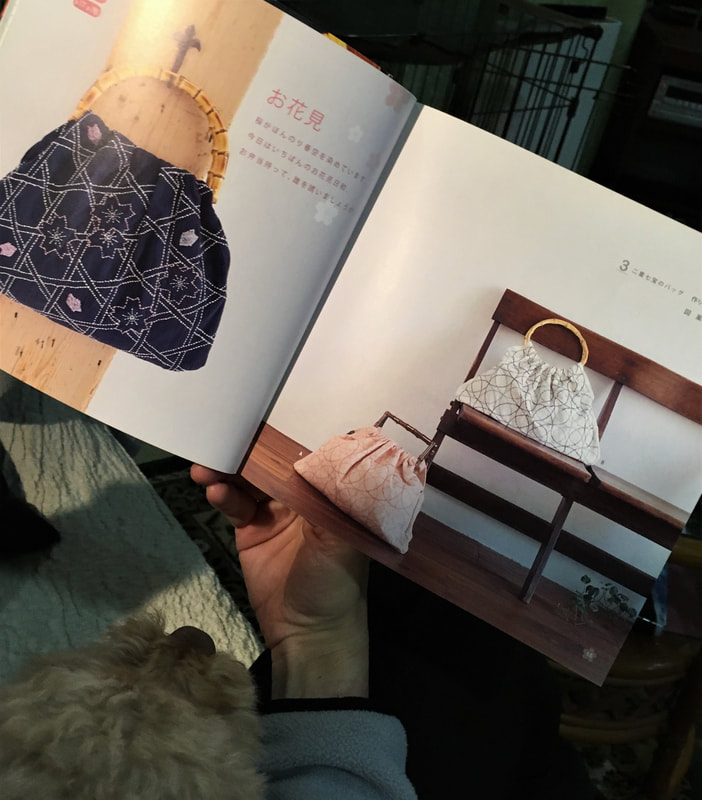

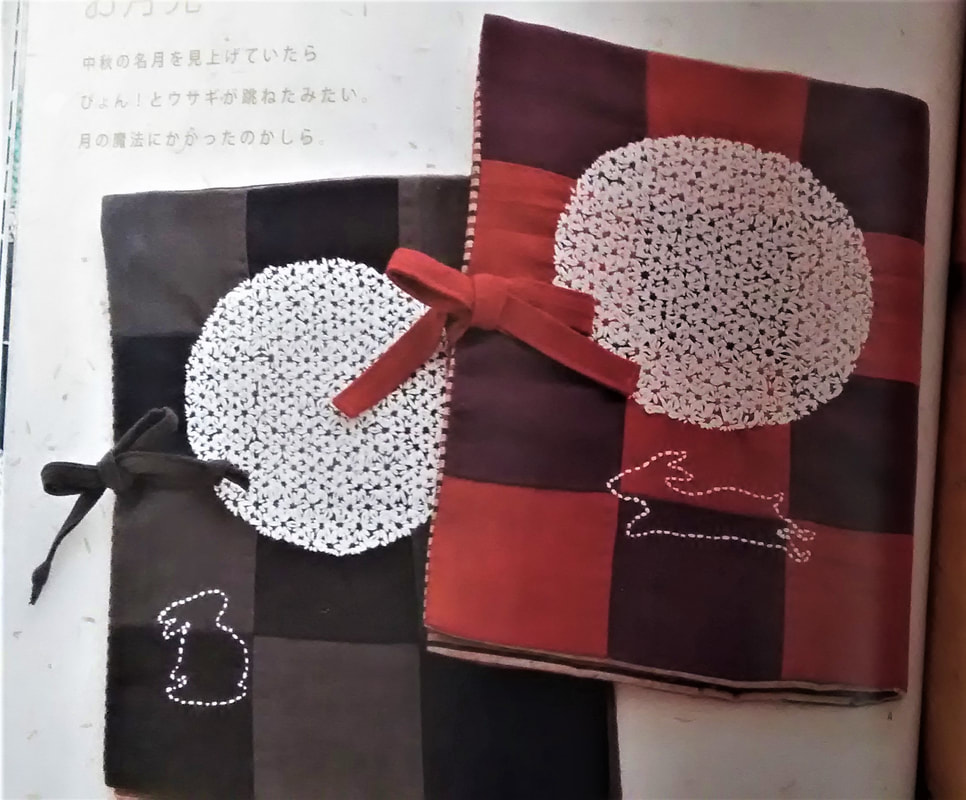
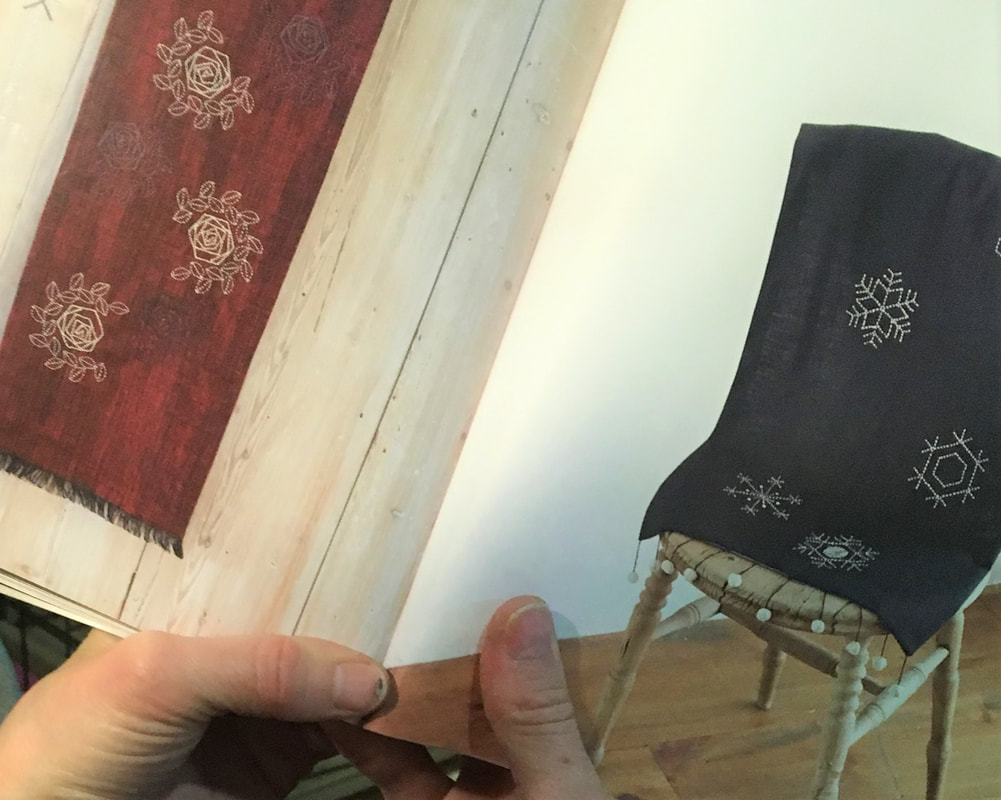

 RSS Feed
RSS Feed



